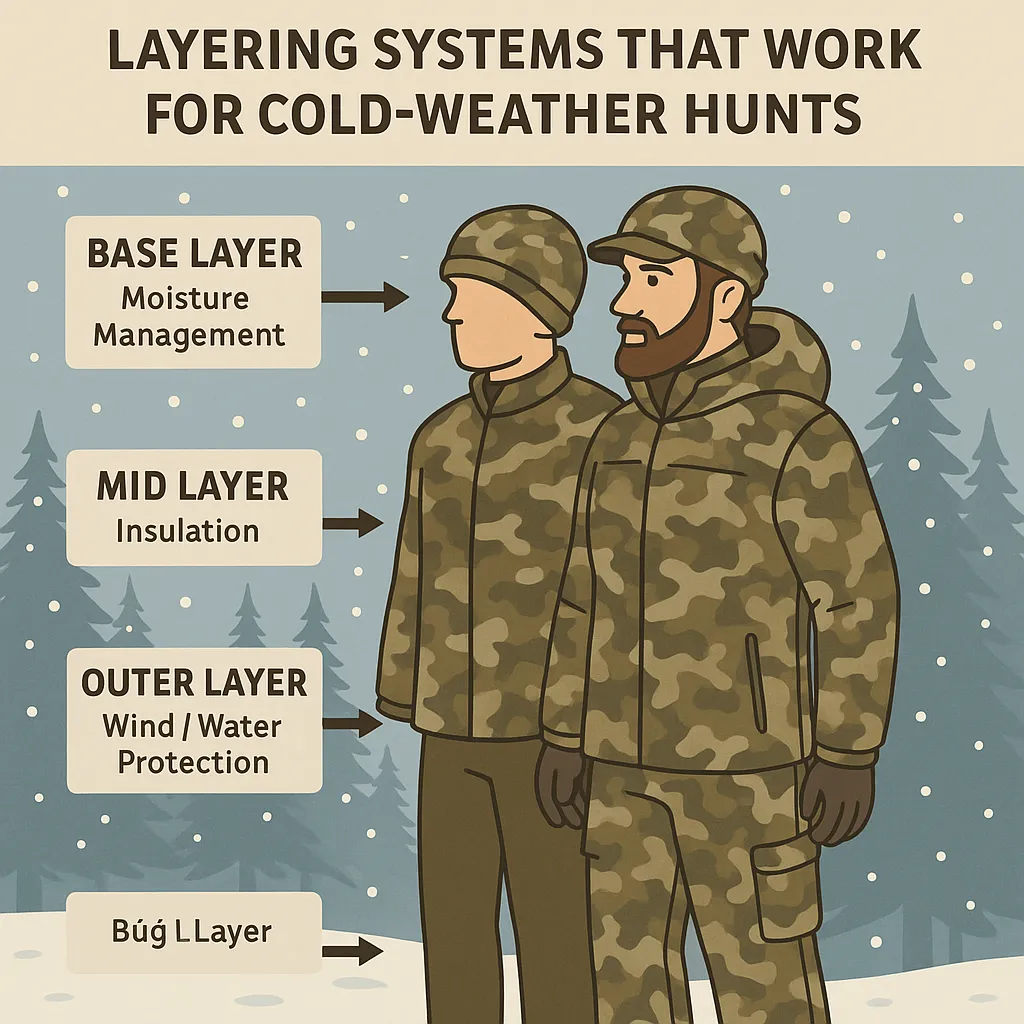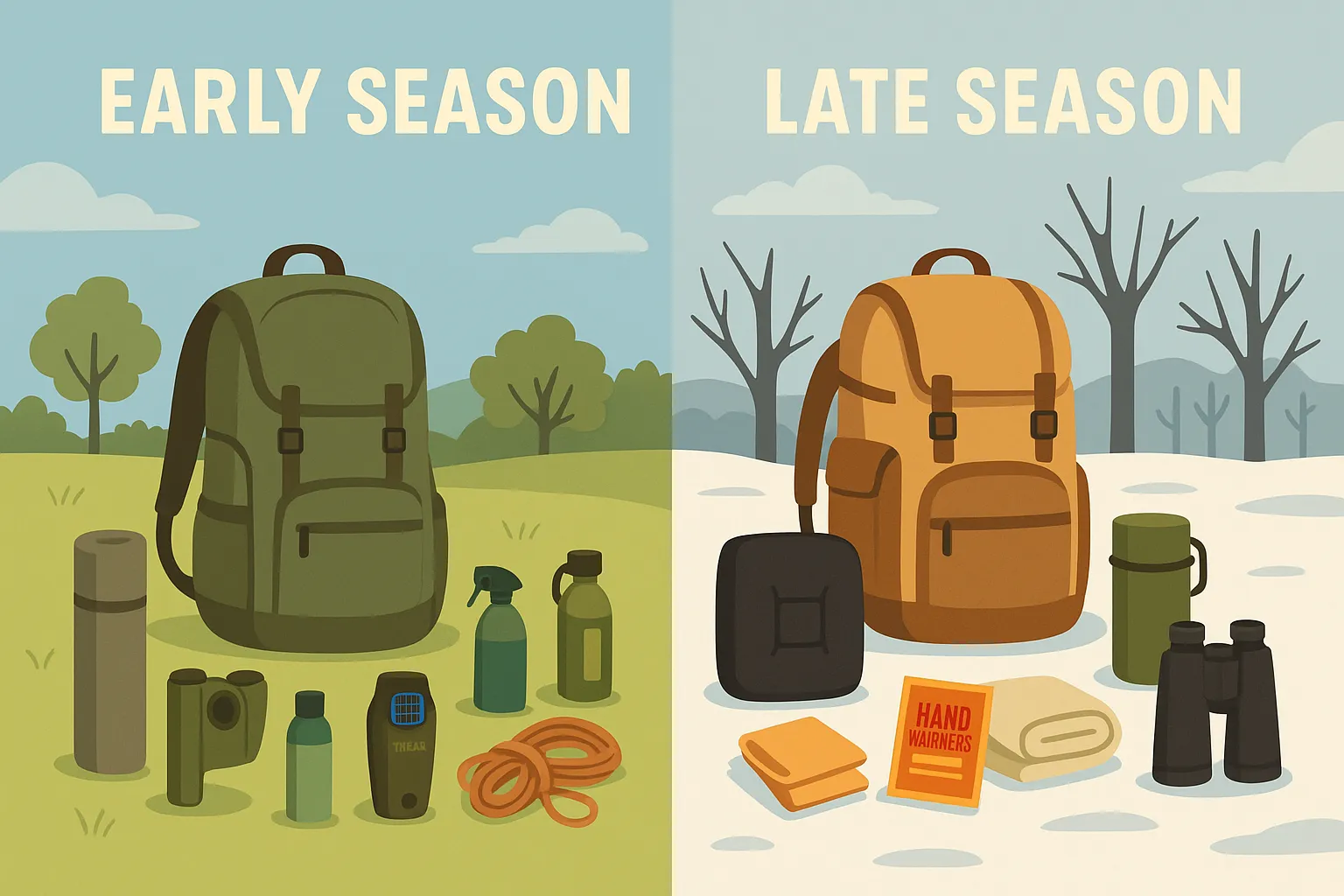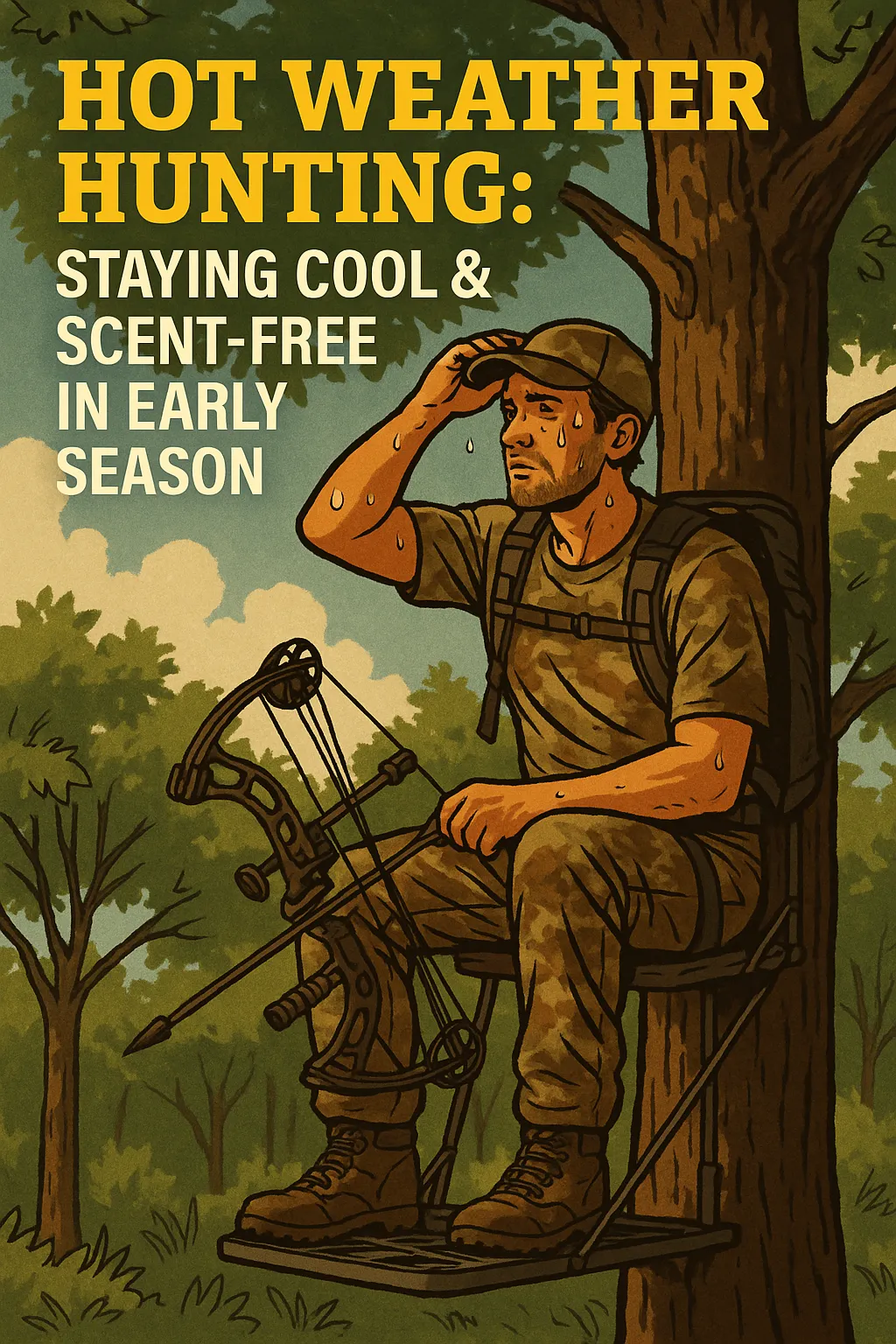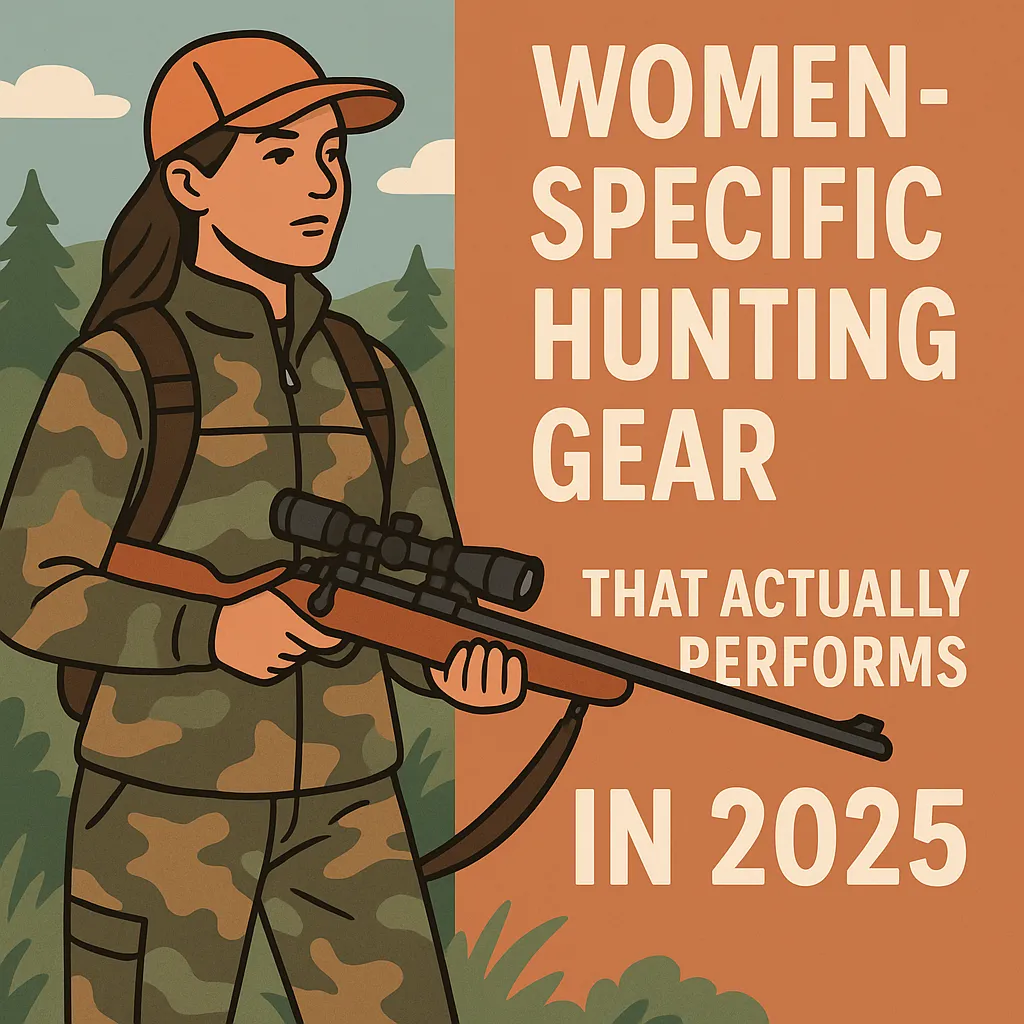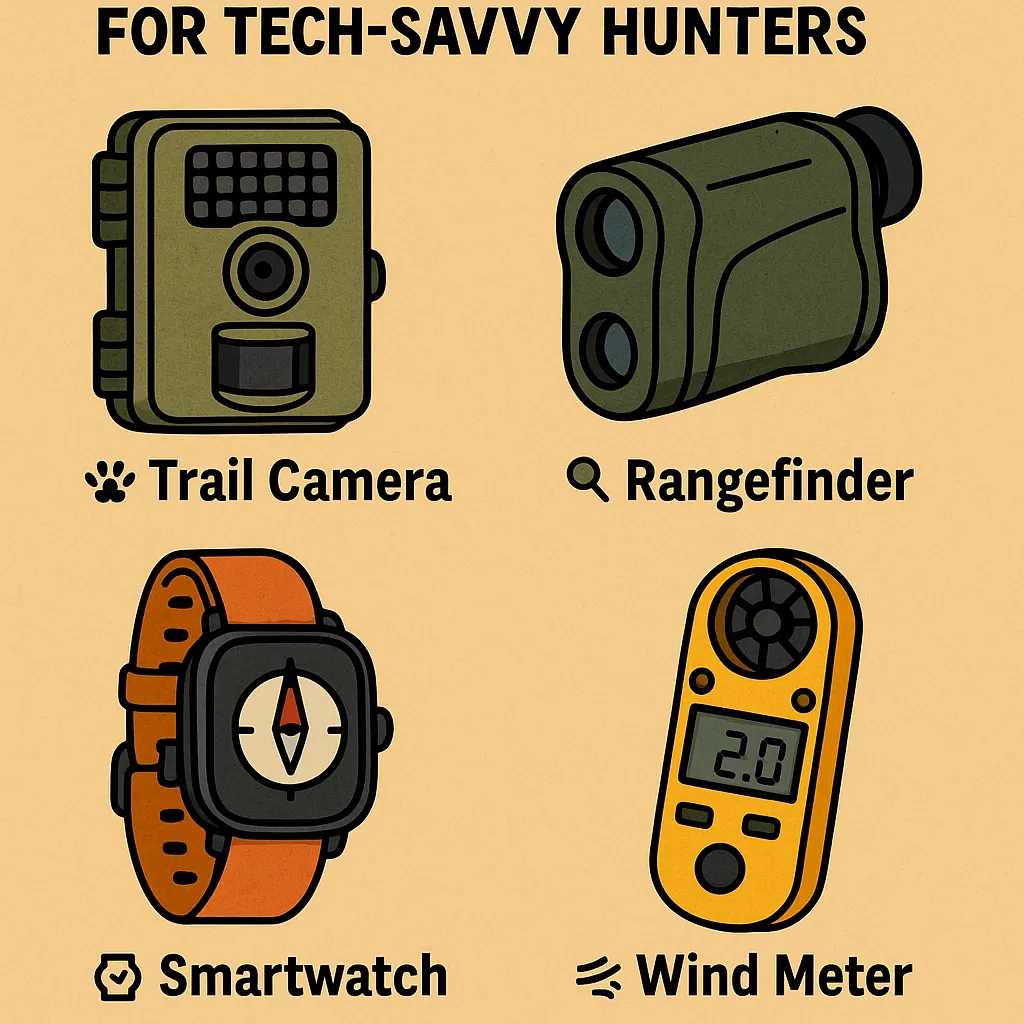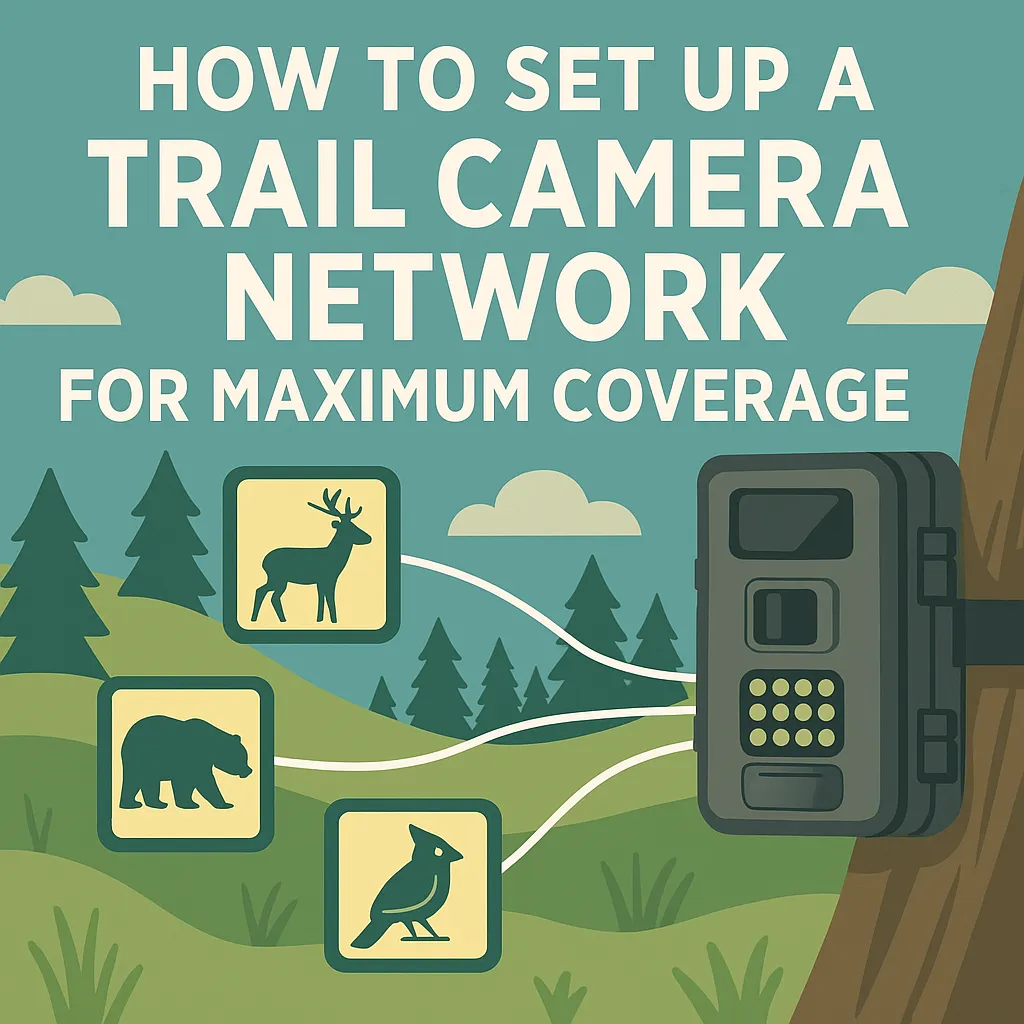
How to Set Up a Trail Camera Network for Maximum Coverage
In 2025, the smartest hunters aren’t just using one trail cam—they’re deploying networks of them like a digital perimeter. Whether you’re tracking whitetail movement through a funnel or monitoring elk at multiple elevations, a well-planned trail camera network can unlock patterns, behavior, and timing like never before. Here’s how seasoned hunters are setting up trail cam grids that deliver real intel—not random photos.
🧭 Step 1: Define Your Mission & Layout the Grid
🔹 Start With Goals:
- Pattern a specific buck?
- Track rut activity?
- Monitor entry/exit trails?
🔹 Choose Zones:
- Bedding, feeding, travel corridors, water sources
- Set up a camera per zone and link with timestamps
🎯 Pro Tip: Use satellite apps (OnX, BaseMap) to identify terrain features and entry points before you set foot.
🎙️ “I lay cameras in a triangle across the bedding and trail cut. You’d be amazed how you can watch a buck’s pattern like a video montage.”
— Tanner M., Ohio
🎒 Step 2: Gear Up With the Right Mix of Trail Cams
🥇 Cellular Cameras – Real-time scouting
- Example: Tactacam Reveal X Pro, Moultrie Edge Pro
- Pros: Instant pics, remote access
- Cons: Needs signal, shorter battery life
🥇 Standard SD Card Cameras – Long-haul workhorses
- Example: Browning Dark Ops, Bushnell Core DS
- Pros: Reliable, long battery life
- Cons: Manual checks needed
🥇 Hybrid Strategy
- Use cell cams in high-traffic or inaccessible spots
- Place SD cams deeper where stealth counts
🎙️ “Cell cams catch the hot action. SD cams give you long-term habits.”
— Renee H., Arkansas
📐 Step 3: Optimal Placement for High-Value Intel
🔹 Height: Mount 36–40″ for deer, 24–30″ for hogs, higher for theft prevention 🔹 Angle: Slightly downward and facing north if possible to avoid sun glare 🔹 Distance: 10–20 ft from trail, angled—not directly on 🔹 Concealment: Use brush, tree trunks, camo tape for stealth
🎙️ “Face cams away from rising or setting sun. Sun flares ruin more shots than squirrels ever will.”
— Eli B., Kansas
⏱️ Step 4: Time Syncing & Data Logging
🔹 Sync All Cameras:
- Set identical time/date stamps
- Label each cam and log its GPS location
🔹 Create a Log Sheet:
- Track wind, moon phase, temp with each pull
- Use apps like HuntStand or DeerLab to overlay photo data with conditions
🎙️ “I log moon phase with every pull. My cams taught me when bucks start looping bedding areas mid-October.”
— Caleb J., Pennsylvania
🔁 Step 5: Rotate and Refresh Strategically
🔹 Every 2–3 Weeks:
- Pull cards, swap batteries
- Check straps and field of view
🔹 Rotate Locations:
- Move underperforming cams
- Shift with wind, pressure, crop harvests, and season stage
🎙️ “I run 9 cameras and change two every week—constant freshness keeps intel relevant.”
— Andrea F., Wisconsin
🗂️ Trail Cam Network Planner Toolkit
| Tool | Purpose | Example Apps/Devices |
|---|---|---|
| Satellite Mapping | Pre-scout terrain & entry trails | OnX Hunt, BaseMap |
| Photo Log & Analysis | Organize data + activity patterns | HuntStand, DeerLab, Spypoint |
| Cellular Camera Alerts | Real-time intel | Tactacam, Spartan, Moultrie |
| SD Card Organizer | Keep photo sets clean & sorted | Labeled folders by zone |
| Solar Panel/Battery Pack | Extend cam uptime | Moultrie Solar Power Pack |
🧠 Pro Tips from the Field
- Name every camera and location: Use codes like B1 (Bedding 1), T2 (Trail 2)
- Use lock boxes if on public land to deter theft
- Set cams BEFORE season: Pressure-free data = better patterns
- Cover ALL angles: Run at least 3 cams per known funnel
📣 Community Source Roundup
- Forums: SaddleHunter, Whitetail Watchers, HuntTalk
- YouTube Scouts: DIY Sportsman, Bearded Buck, Hushed Hunts
- Retail & Tools: TrailCamPro, GoHunt Tech Shop, MidwayUSA
Pro Tip: A single camera gives you photos. A network gives you a strategy.
🌟 Final Capture: Turn Pictures Into Patterns
In the world of smart scouting, it’s not about how many trail cameras you have—it’s about how you place and read them. A well-planned network delivers timelines, travel routes, and seasonal shifts that help you hunt with precision, not guesswork.
“Photos are moments. Networks are maps. Build one, and your next shot might not be a surprise—it’ll be a plan.”
Leave A Comment
Related Posts
Women-Specific Hunting Gear That Actually Performs in 2025 Forget the […]
Must-Have Gadgets Under $100 for Tech-Savvy Hunters You don’t need […]
Eco-Friendly & Sustainable Hunting Gear Options in 2025 The modern […]

